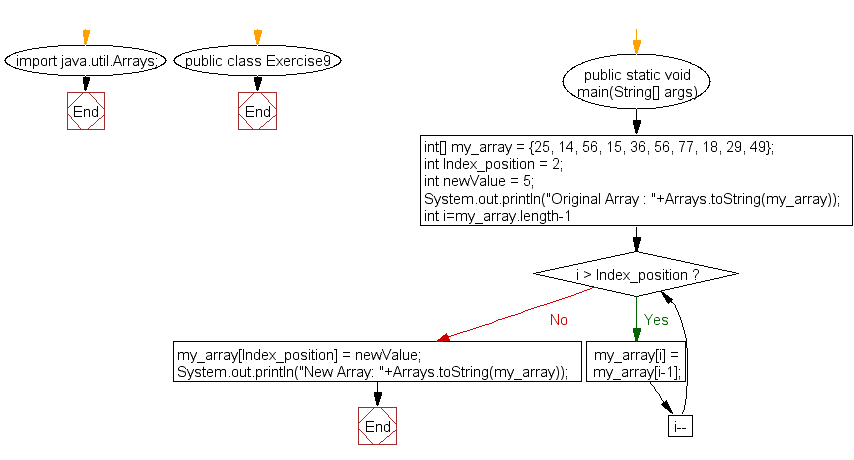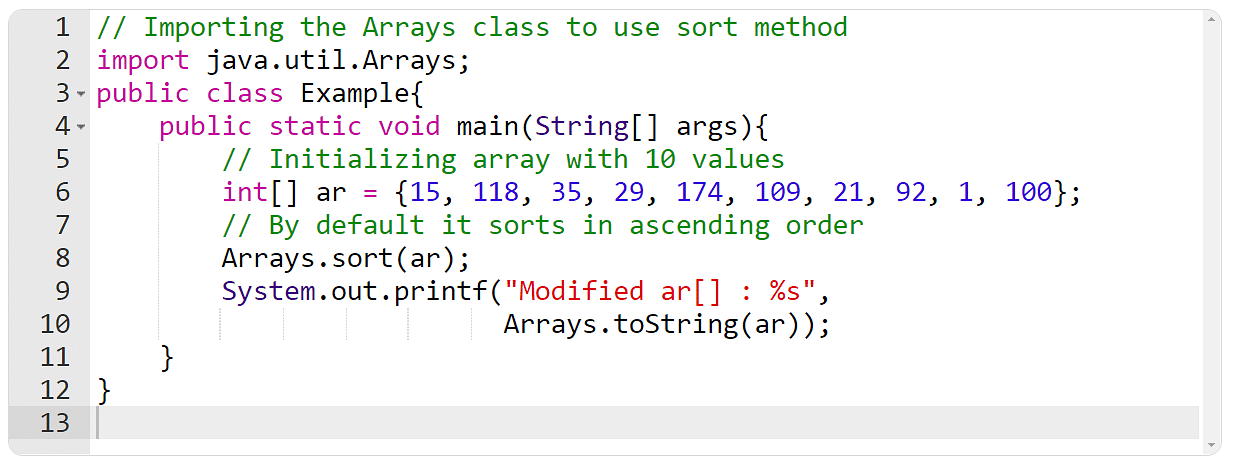

Specified by: add in interface Collection Parameters: e - element to be added to this set Returns: true if this set did not already contain the specifiedĮlement Throws: UnsupportedOperationException - if the add operation Restrictions on the elements that they may contain. Individual set implementations should clearly document any Null, and throw an exception, as described in the The stipulation above does not imply that sets must accept allĮlements sets may refuse to add any particular element, including Restriction on constructors, this ensures that sets never contain If this set already contains the element, the call leaves the set More formally, adds the specified elementĮ to this set if the set contains no element e2 Set NullPointerException - if the specified array is nullĪdds the specified element to this set if it is not already present Is not a supertype of the runtime type of every element in this Returns: an array containing all the elements in this set Throws: ArrayStoreException - if the runtime type of the specified array Runtime type is allocated for this purpose. Stored, if it is big enough otherwise, a new array of the same Specified by: toArray in interface Collection Type Parameters: T - the runtime type of the array to contain the collection Parameters: a - the array into which the elements of this set are to be Note that toArray(new Object) is identical in function to
JAVA ARRAY OF SETS CODE
The following code can be used to dump the set into a newly allocated Suppose x is a set known to contain only strings. Under certain circumstances, be used to save allocation costs.

Precise control over the runtime type of the output array, and may, Like the toArray() method, this method acts as bridge betweenĪrray-based and collection-based APIs. If this set makes any guarantees as to what order its elementsĪre returned by its iterator, this method must return the elements Set only if the caller knows that this set does not contain (This is useful in determining the length of this The array immediately following the end of the set is set to (i.e., the array has more elements than this set), the element in If this set fits in the specified array with room to spare Specified array and the size of this set. Otherwise, a new array is allocated with the runtime type of the If the set fits in the specified array, it is returned therein. Runtime type of the returned array is that of the specified array. Returns an array containing all of the elements in this set the Such exceptions are marked as "optional" in the specification for this The insertion of an ineligible element into the set may throw anĮxception or it may succeed, at the option of the implementation. Operation on an ineligible element whose completion would not result in Or it may simply return false some implementations will exhibit the formerīehavior and some will exhibit the latter. To query the presence of an ineligible element may throw an exception, NullPointerException or ClassCastException. Attempting toĪdd an ineligible element throws an unchecked exception, typically For example, some implementations prohibit null elements,Īnd some have restrictions on the types of their elements. Some set implementations have restrictions on the elements that That it is not permissible for a set to contain itself as an element. Is changed in a manner that affects equals comparisons while the The behavior of a set is not specified if the value of an object Note: Great care must be exercised if mutable objects are used as setĮlements. That all constructors must create a set that contains no duplicate elements The additional stipulation on constructors is, not surprisingly, Not contain any additional stipulations.) (The specifications accompanying theseĭeclarations have been tailored to the Set interface, but they do Declarations for other inherited methods areĪlso included here for convenience.

Inherited from the Collection interface, on the contracts of allĬonstructors and on the contracts of the add, equals and The Set interface places additional stipulations, beyond those Its name, this interface models the mathematical set abstraction. More formally, setsĬontain no pair of elements e1 and e2 such thatĮ1.equals(e2), and at most one null element. This will help you to pull out the value for a given level, When a random word is requested from a level, get the value(set in this case) using the key which is the level and pick a random value from that.A collection that contains no duplicate elements. Use level as key and value as the set which contains the words.


 0 kommentar(er)
0 kommentar(er)
